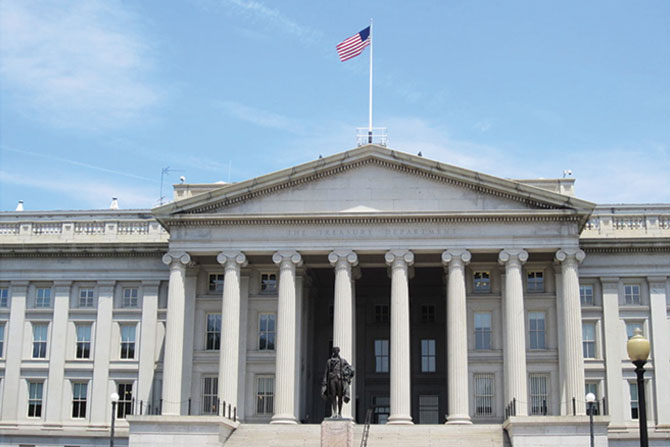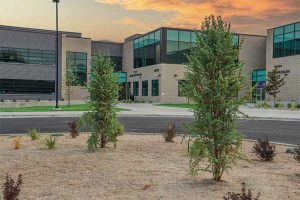By Lindsey Love, ASSOC. AIA, NCARB
Architects play twister all day long. We wear many hats and have to juggle many balls, from being couples counselors to soils scientists to thermodynamicists to graphic designers. We help people weigh and make decisions. We are in the weeds of the micro to the big picture of the macro. We become experts in many fields throughout our never-ending “education” of a career.
As such, we end up knowing quite a lot about what is going on in the world. We are in a unique position because of our random expertise. We know what equipment is required in an asphalt lab, the cubic feet inside of a standard 30” oven, the difference between U values and R values, how much snow weighs, how to cut a hole through glulam, and how much it will cost to heat or cool a home. These days, we even know the amount of carbon emitted into the atmosphere due to our buildings’ existence.
In the past, architects have typically remained professionally neutral. They have not delved into politics or policy. However, we are now facing an impending climate crisis while knowing that buildings account for 40-50% of all emissions of CO2e (embodied carbon) emitted into the atmosphere — both in heating/cooling and material production and transportation. We have a responsibility to get involved.
Few people know and understand the things we do, but we can do our best to specify materials that do less harm. We can design highly efficient buildings that use less energy. We can make a difference as a consequence of our daily work.
We were excited to see that last month the American Institute of Architects (AIA) announced it recognizes the profession of architecture to be a critical leader for addressing climate change. It will take action to direct the organization toward focusing on achieving the bold and necessary goals. The announcement reads as follows:
AIA’s board of directors ratified a bold resolution outlining the decisive action the association will take on climate change over the coming decades — the resolution marks a bold step forward in positioning the architectural profession as key leaders for climate action. It outlines three key areas: declare an urgent climate imperative for carbon reduction; transform the day-to-day built practice of architects to achieve a zero-carbon, equitable, resilient and healthy built environment; and leverage support of peers, clients, policymakers and the public at large.
(Flynn, Katherine, AIA announces Big Move Toward Environmental Stewardship, American Institute of Architects, Sept. 13, 2019.)
Love | Schack Architecture takes our responsibility seriously. We have taken action over the past years to educate ourselves, and our communities about the impact buildings have and how we can change the culture of the building industry in the Greater Yellowstone region (and further).
Lotus, a senior team member at Love | Schack, put it this way: “Architecture is not neutral. Massive amounts of money and resources are put into infrastructure and buildings, and we all know that moving resources has political, environmental and social consequences. It is a huge part of our economy and the implications, when analyzed, are broad, fascinating and real.”
For instance, it is not every day that one spends $20K. However, in building a home, you will spend $20K many times over in a very short time. $20K might go to one insulation company. A good portion of that investment will go to the manufacturer; say $10K. That manufacturer has costs and will make some profit, and therefore, your choice of insulation supports that particular industry. In some cases, the “industry” might include a medium-sized sheep farming company — if you chose to use wool batts in your home. Or it might be a large chemical corporation if you decide to use spray foam.
The social, environmental and political impact of choices we make in buying food and other products is in our face daily, but when we compare it to the choices we make in building buildings, at the rate we build them, well — that impact adds up FAST.

The social, environmental, and political impact of choices we make in buying food and other products is in our face daily, but when we compare it to the choices we make in building buildings, at the rate we build them, well — that impact adds up FAST.
The Idaho State Legislature recently passed a bill to adopt a version of the updated 2018 building codes. These codes include an International Energy Conservation Code (IECC), which requires that buildings incorporate certain performance metrics such as R-values based upon their climate.
Before voting to adopt the codes, which legislators thankfully did, they held a hearing about eliminating the IECC from the code and blocking any local jurisdictions from adopting it.
This bill is the first time since 2012 that an updated code has been adopted in the state.











